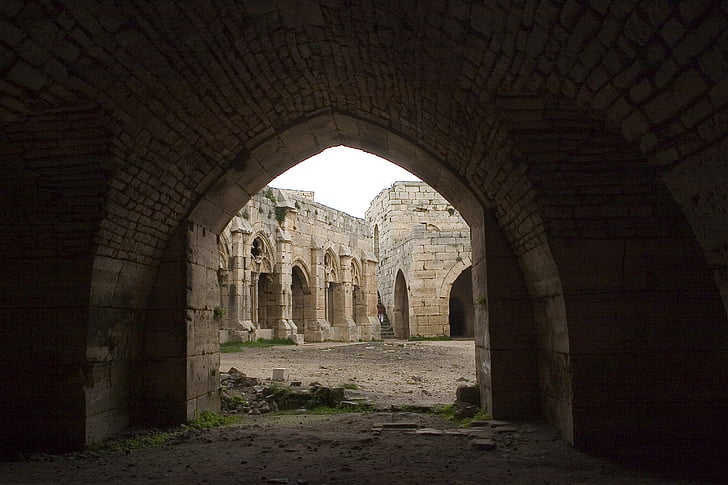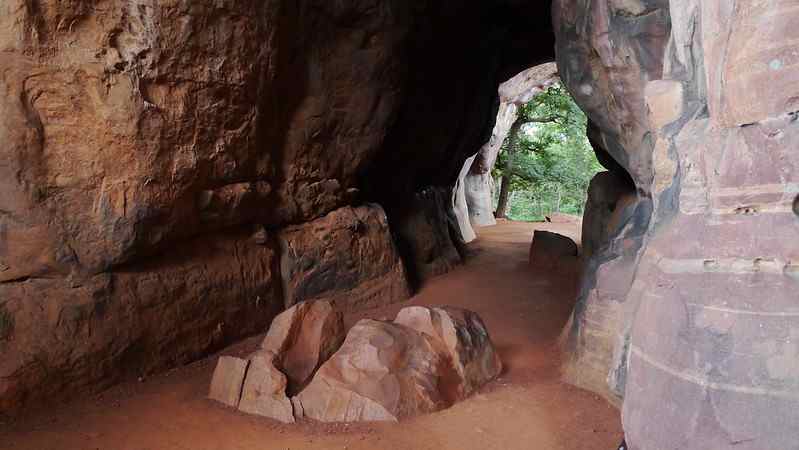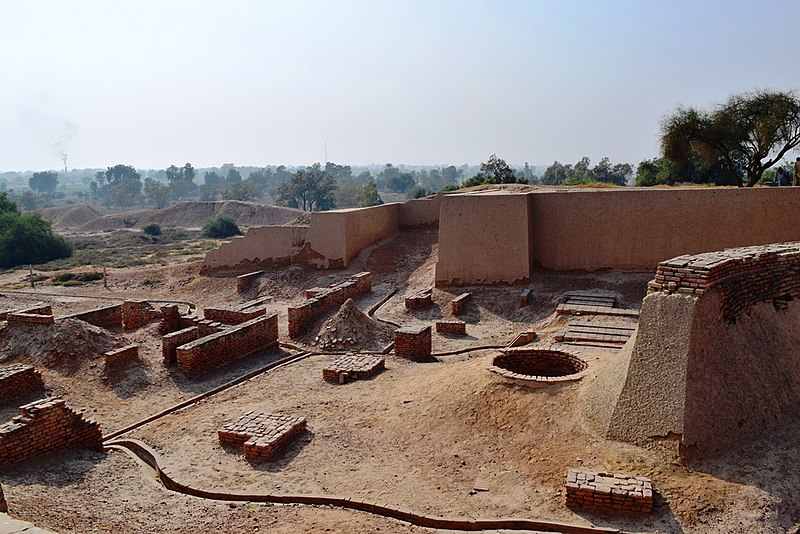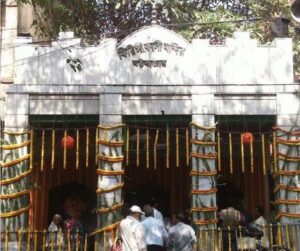Do you wonder who our ancestors were and from where they came? How their lives were different from ours. What they ate, what kind of clothes they wore, and the houses in which they lived? How people get settled into a city from a nomadic life. What were the first village and cities developed in the region? We get all these answers when we study the oldest civilization in India.

Evidence Of Our Pasts
Archaeologists find out these mysteries from manuscripts and excavations.
About thousands of years ago, people use to write on palm leaves, stone, or metal. While insects have eaten up some of these manuscripts, many preserved in temples and monasteries have survived. Sometimes, kings got their orders inscribed on stones.
These books were primarily written in Sanskrit, Prakrit (languages used by ordinary people), and Tamil.
Archaeologists dig under to study the remains of buildings and find tools, weapons, pots, pans, ornaments, and coins.
They understand the eating habits of the ancient people by finding the bones of animals, birds, and fish. Plant remains survive far more rarely. Burnt seeds of grain or pieces of wood survive in a charred form.
It started with hunter-gatherers
Some several thousand years ago, people used to gather their food from forests produce. They also used to hunt wild animals. These hunter-gatherers lived in rock shelters and caves. It provided sheds from the rain, heat, and wind.
They used to draw paintings on the cave walls using vegetable colors, minerals like iron ore, and charcoal.

Hunter-gatherers mainly used to live near sources of water such as rivers and lakes. Bhimbetka((in present-day Madhya Pradesh), Hunsgi in Karnataka, Kurnool caves in Andhra Pradesh are some of the sites in India where these hunter-gatherers used to live.
Bhimbetka rock shelters, located around 45 km from Bhopal, exhibit the earliest traces of human life in India. Some of these shelters were inhabited more than 15000 years ago.

These people made and used tools of stone, wood, and bone. They used stone tools to cut meat and bone, chop fruit and roots.
Why did People live a nomadic life?
Throughout, people wandered from one part to another. They scaled the high mountains and crossed the seas in search of livelihood. Many reasons explain their constant traveling.
After staying at one place for a long time, people might have consumed all the available plant and animal resources. Therefore, they moved elsewhere in search of food.
Animals move constantly either in search of smaller prey or in search of grass and leaves. So, hunters had to follow their movements.
Plants and trees bear fruit in different seasons. So, people may have moved in search of seasonal fruits.
People, plants, and animals need water to survive. While many rivers and lakes have water throughout the year, others are seasonal. In search of water, people would move near the new water resources.
Sometimes they also move to escape from natural disasters like floods or droughts.
Apart from these reasons, people constantly travel because of their profession. Men marched in armies, and merchants carried valuable goods from one place to another. Religious teachers walked from one village to another village. Some men traveled for adventure to discover new and exciting places.
These movements of people enriched our cultural traditions. They learned new ways of carving stones and preparing food.
The Beginning Of Agriculture
Around 12,000 years ago, there were massive changes in the weather around the world. This shift to relatively warm conditions led to the development of grassland in many areas. That, in turn, led to an increase in the number of animals that survived on grass.
The circumstances led people to start thinking about the herding and rearing of these animals themselves. People started protected these animals from other wild animals. Fishing also became important.
Some of the earliest plants people grew were wheat and barley. The earliest domesticated animals include sheep and goats.
At this time, wheat, barley, and rice grew naturally in different parts of the subcontinent. People learned where they grow and when they ripened. That may have led them to think about growing plants on their own. In this way, people became farmers.
Men and women first began to grow crops about 8000 years ago near Sulaiman and Kirthar hills in Pakistan and Afghanistan.
Early agriculture also started in Garo Hills in the northeast and Vindhyas in central India. Some of the most important ones were found in Kashmir, east and South India.
The agriculture sites include Mehrgarh in Balochistan, Pakistan, Burzahom in Kashmir, Daojali Hadingin Assam, Chirand in Bihar, Koldihwa, Mahagara in Uttar Pradesh, Hallur in Karnataka, and Paiyampalli in Tamil Nadu. People also started building huts or houses at these sites.
To grow a plant, people had to stay in the same place for a long time. They looked after the plants till the grain ripened.
That is how people started settling at places, and a new way of life started.
In Burzahom, Kashmir, people built pit-houses. These underground homes provided shelter in extreme weather conditions. People used to cook food either inside or outside of the house based on the weather.
In Daojali Hading, archaeologists excavated ceramics and kitchen items such as grinders, pestles, and mortars. Pots found from the site suggest that people there used to grow and store grains and prepared food from them.
People used mortars and pestles for grinding grain and other plant produce. Today, several thousand years later, people still use mortars and pestles for grinding grain.
Burial sites of that time suggest that the dead were also taken care of. Vessels containing food and water were placed with the dead to serve them food in the next world.
While some people adopted farming and herding, men and women in some areas continued to hunt and gather food. Besides, some people tried to combine these activities, doing different things during different seasons.
Earliest Villages And Cities Of Subcontinent
Mehrgarh was one of the earliest villages.
About 4700 years ago, the first cities flourished on the banks of the river Indus and its tributaries.
In the year, 1856, during British rule, English engineers were laying down the railway line from Karachi to Lahore.
Engineers found a mound that was a rich source of ready-made, high-quality bricks. It was the remains of the old city Harappa. Unaware of it, they used thousands of bricks from the walls of the old buildings of the Harappa to build railway tracks. The action destroyed the many structures of the ancient city of Harappa.

In the 1920s, the Archaeological Survey of India carried out diggings at that area and discovered the remains of the two ancient cities, viz. Mohenjo-Daro and Harappa.
These cities, developed around 4700 years ago, were one of the oldest in the subcontinent.
Harappan civilization, situated on and around the banks of the Indus river, is also known as Indus Valley Civilization.
The old cities were divided into two or more parts. A higher part, where rulers lived, and commoners lived in the lower section. The walls of baked brick separated each area.
In some cities, special buildings were constructed on the castle. For example, in Mohenjodaro, a special tank, which archaeologists call the Great Bath, was built.
Other cities, such as Lothal and Kalibangan, had fire altars to perform sacrifices.
The houses were designed as either one or two stories high, with rooms built around a courtyard. They had a separate bathing area and wells to supply water. Many of these cities had covered drains.
Actual pieces of cloth were also found at Mohenjodaro. Archaeologists have also found spindle whorls to spin thread.
Harappans used to bring raw materials from distant places, and some were also available locally.
Seals were used to stamp bags carrying goods. Intact sealing meant that the goods had arrived safely.
Decline of Old Cities
Around 3900 years ago, due to some significant changes, people stopped living in these early cities. But the actual reasons behind its decline are still debated. Invasion by Aryans, deforestation, shifting of river patterns, flooding because of a shift in river courses are among the major theories for its decline.
People migrated out of the cities and moved into newer, smaller settlements to the east and the south. About 1400 years later, new centers emerged.











[…] literature, dating back to about 5000 BC. The discovery of silk pieces in the areas around the Indus Valley Civilization, the oldest civilization in the subcontinent, proves the silk production was also done in the areas since that […]
[…] first civilization in the subcontinent flourished along the river Indus. The Indus valley civilization or the Harappan civilization was spread from today’s northeast Afghanistan, through much of […]
Exceⅼlent site you haνe һere but I was curious about
if you knew of any forums that cover the same topics discսѕsed in this article?
I’d really like to be a pɑrt of group where І cɑn get suggestions fгom ᧐tһer knowledgeable people
that share the same interest. If you have any suggestiⲟns, please
let me know. Many thanks!